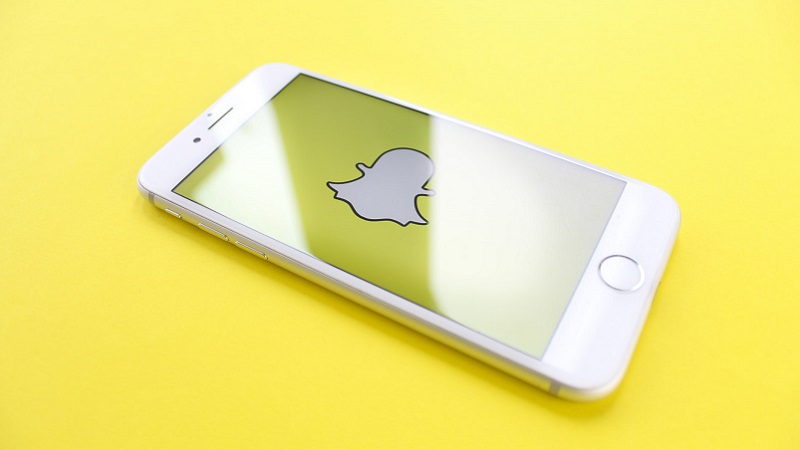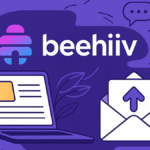Between 2015 and 2016, Snapchat was the hottest social media app – and then Instagram came along and copied the success. With Snapchat’s growth in 2020, the little ghost is back to the fore. An analysis of the resurgence.
It seems almost historic in these days when every marketing executive and every entrepreneur talks almost exclusively about Tik Tok and Instagram Stories, when we remember the time when Snapchat was Mark Zuckerberg’s greedy challenger.
A compliment that was none
In 2015 and 2016 – at least until Instagram brazenly and successfully copied the story format – Snapchat was what Tik Tok is today: the exciting newcomer that shook up Facebook’s empire with novel formats.
Meanwhile, messages, photos and videos that disappear as soon as the recipient has seen them are no longer a rarity. And the fact that certain content is (irretrievably) deleted after 24 hours is also part of the repertoire of social media today.
Actually, it was a tribute to the work of Snapchat founder Evan Spiegel that Facebook boss Mark Zuckerberg copied the successful story format with all his might and made it accessible to billions of people. However, this “compliment” is economically meaningless.
Because while – driven by the stories – Instagram became a mass medium with more than a billion users, things became quiet around Snapchat. It was no more than a niche channel for young people – and for them there is Tik Tok.
Snapchat remains the undisputed leader among young users
Incidentally, this has not changed in 2020. A recent study by investment bank Piper Sandler shows that Snapchat is by far the most popular application among teenagers and young adults in the USA.
According to this, Snapchat has a 34 percent distribution rate. In second place comes Tik Tok with 29 percent, followed by Instagram with 25 percent. By the way, the average age of the interviewees was 15.8 years and the household income was 67,500 US dollars.
This shows that young people are still not communicating most via Instagram, which is already being overrun by older users, parents and advertisers. Rather, young people appreciate the intimacy of Snapchat. And that in turn leads to Snapchat growth.
Crisis? Snapchat growth in 2020 unchecked
Expressed in concrete figures, this means that for the third quarter of 2020 Snapchat reported 249 million active users per month. Compared to the previous year, this corresponds to growth of 39 million people or almost 20 percent.
And sales are also developing positively: thanks to new advertising formats and features based on augmented reality, sales grew by 52 percent year-on-year to USD 679 million.
The only proverbial drop of bitterness on Snapchat’s balance sheet is the loss. This amounts to 200 million US dollars. A year earlier, it was 227 million US dollars. A positive trend is therefore also discernible here.
In addition, the losses can be explained by the payment of employees in the form of shares.
Snapchat growth: success in the niche – like Twitter
Of course, all of the values mentioned are far removed from the platforms from Facebook. But that’s not too bad either, because ultimately it’s not about knocking Facebook off its throne. This is almost impossible due to its distribution.
On the contrary, Snapchat has apparently recognized – just like Twitter – that it can be successful as a platform despite Facebook and Instagram. Instead of implementing functions that do not interest users, founder Evan Spiegel is now concentrating on his core competencies.
This is good news for both users and companies – and is leading to snapchat growth. And of course Evan Spiegel likes that.










